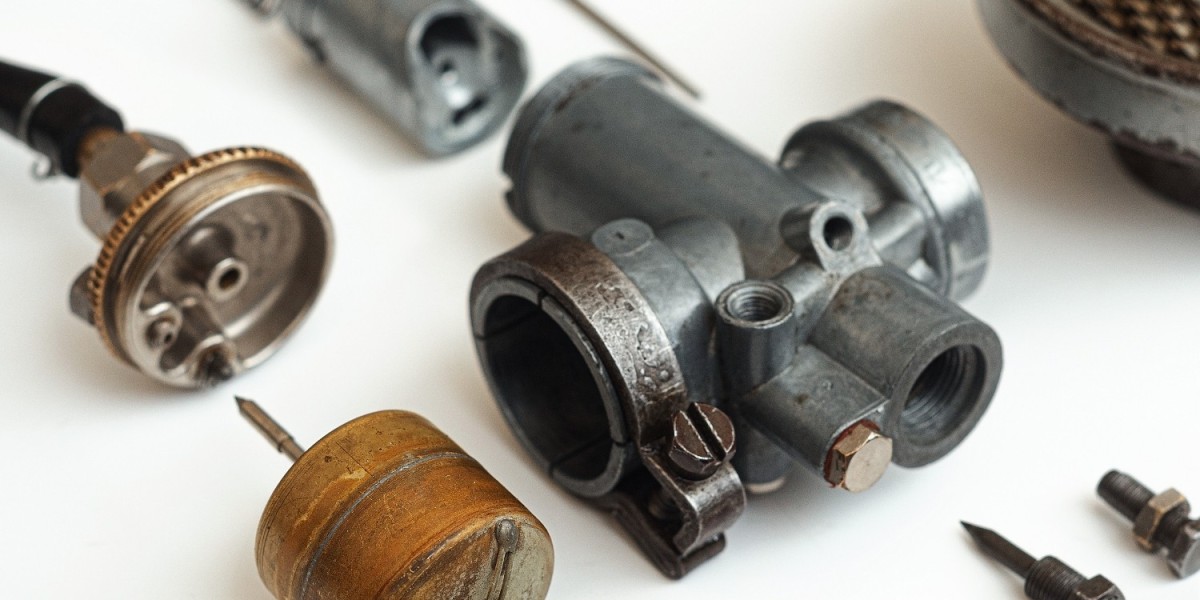Ductile iron parts, also known as nodular cast iron, is a versatile material widely used in various industries due to its unique combination of strength, ductility, and cost-effectiveness. In this guide, we'll explore everything you need to know about ductile iron parts, including its properties, applications, and machining techniques.
Properties of Ductile Iron:
High Strength: Ductile iron offers high tensile strength, making it suitable for applications requiring robustness and durability.
Ductility: Unlike traditional cast iron, ductile iron has improved ductility due to its nodular graphite structure, allowing it to deform without fracturing under stress.
Excellent Wear Resistance: It exhibits good wear resistance, making it suitable for components subjected to friction and wear over time.
Machinability: Ductile iron can be machined easily, though it requires specific techniques due to its hardness.
Corrosion Resistance: It has better corrosion resistance compared to standard cast iron, although it may require surface treatments for certain applications.
Applications of Ductile Iron Parts:
Automotive Industry: Ductile iron is widely used in the automotive sector for manufacturing parts like crankshafts, gears, brake calipers, and suspension components due to its high strength and wear resistance.
Machinery and Equipment: Many machinery and equipment components such as hydraulic components, gears, couplings, and housings are made from ductile iron due to its excellent mechanical properties.
Piping Systems: Ductile iron pipes are extensively used in water and wastewater transportation systems due to their corrosion resistance, strength, and ability to withstand external loads.
Construction: Ductile iron is used in construction for making components like manhole covers, pipe fittings, and structural components due to its strength and durability.
Agricultural Machinery: Components of agricultural machinery such as plow parts, gearbox housings, and tractor components are often made from ductile iron due to its toughness and wear resistance.
Machining Techniques for Ductile Iron:
Cutting Tools: Use carbide or ceramic cutting tools with high cutting speeds to machine ductile iron effectively.
Coolant: Employ coolant during machining to dissipate heat and prolong tool life. Water-soluble coolants are commonly used.
Optimized Cutting Parameters: Adjust cutting parameters such as speed, feed rate, and depth of cut to optimize machining efficiency and surface finish.
Sharp Tools: Ensure cutting tools are sharp and in good condition to prevent premature wear and achieve better surface finish.
Chip Control: Proper chip control is essential. Use chip breakers and adequate chip evacuation to prevent chip buildup and tool damage.
Post-Machining Treatment: Consider post-machining treatments like shot blasting or surface coatings to enhance surface properties and corrosion resistance.
Conclusion:
Ductile iron parts offer a balance of strength, ductility, and cost-effectiveness, making them indispensable in various industries. Understanding its properties, applications, and machining techniques is crucial for engineers and manufacturers working with this versatile material. By leveraging the right techniques, ductile iron parts can be machined to precision for a wide range of industrial applications.








